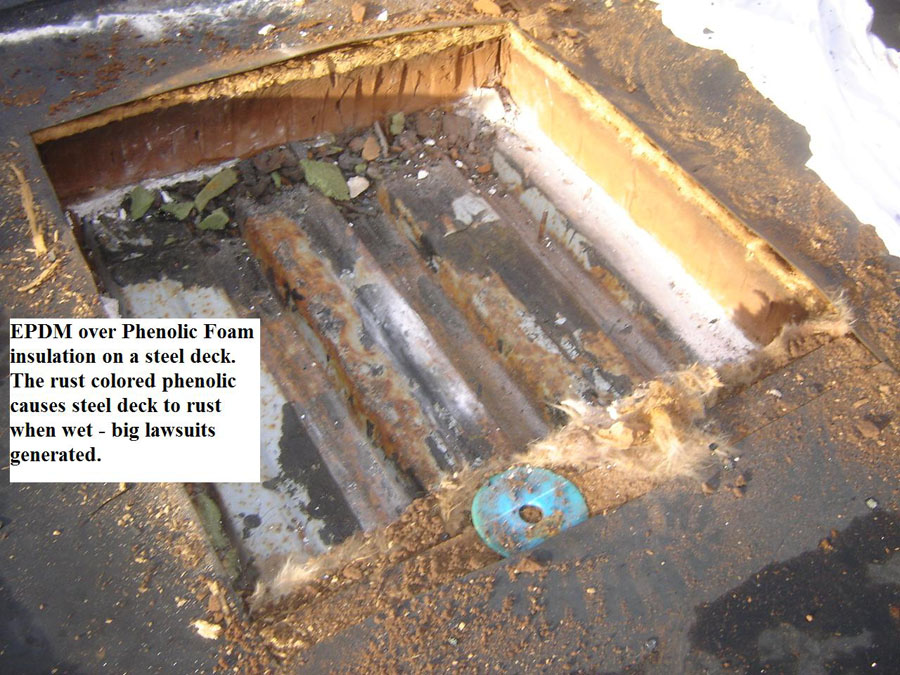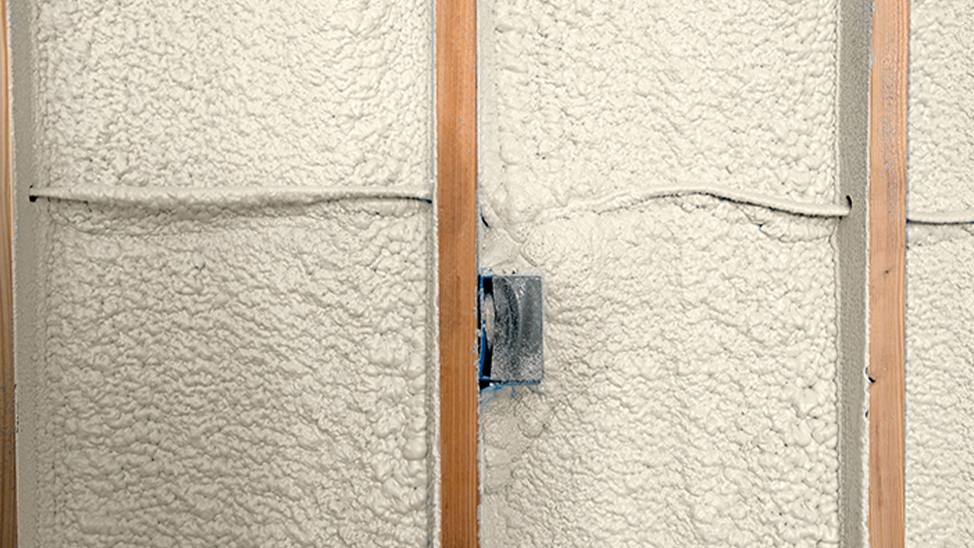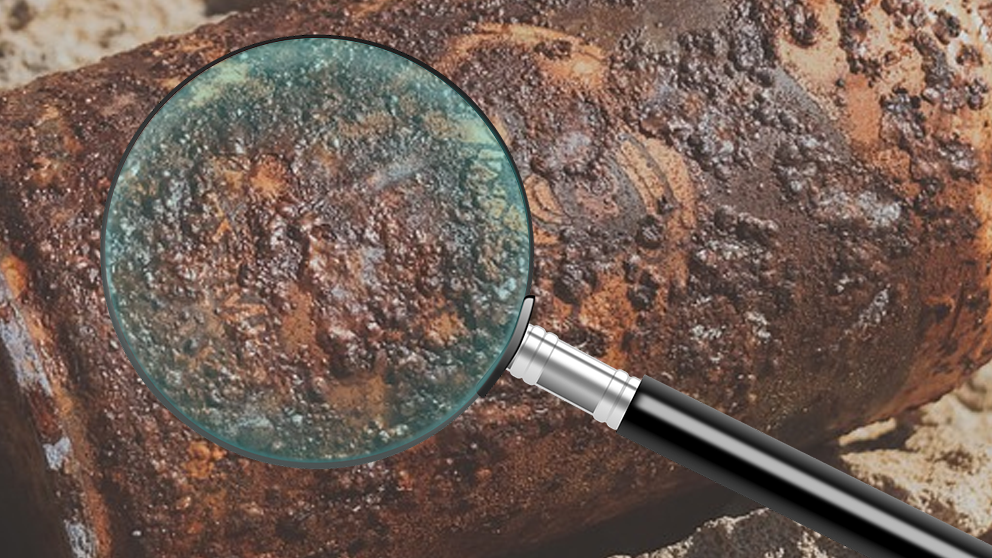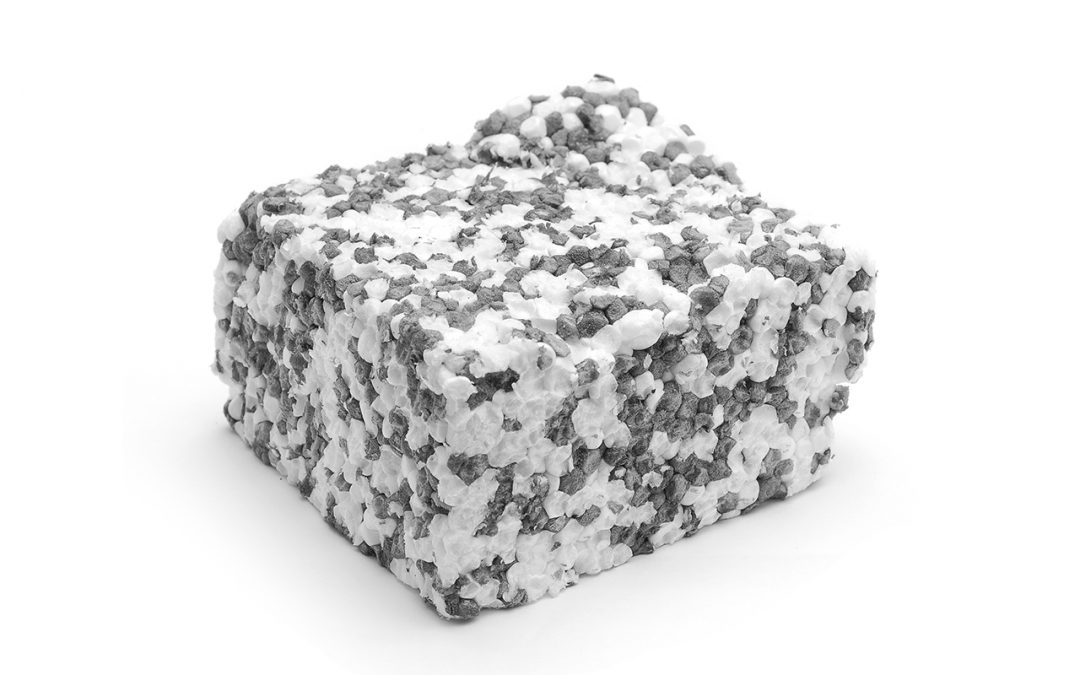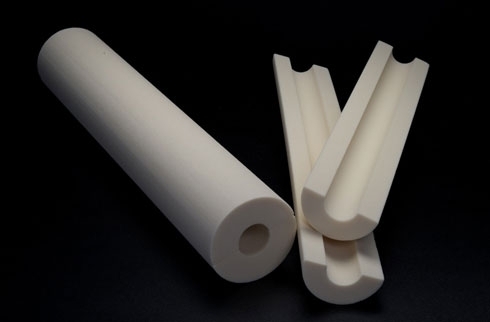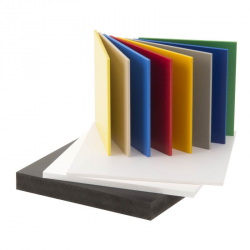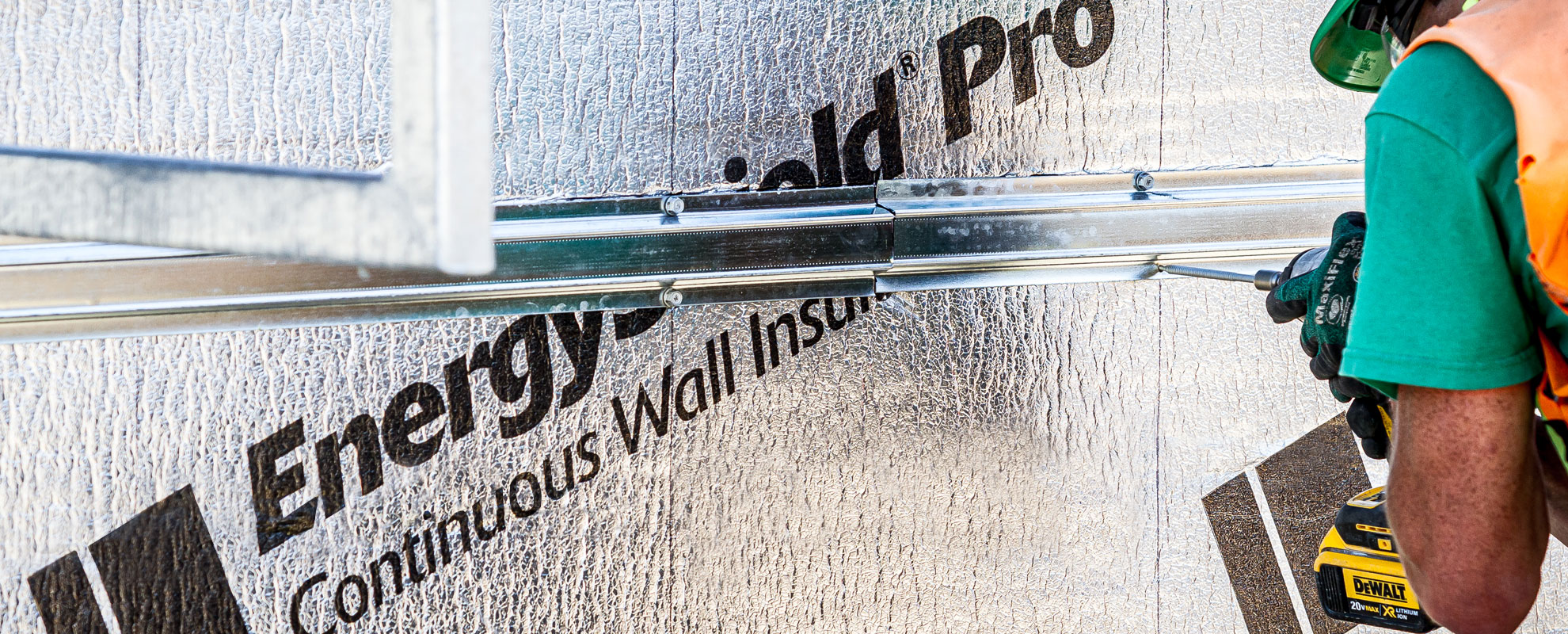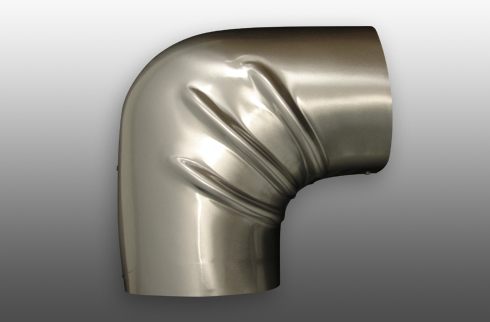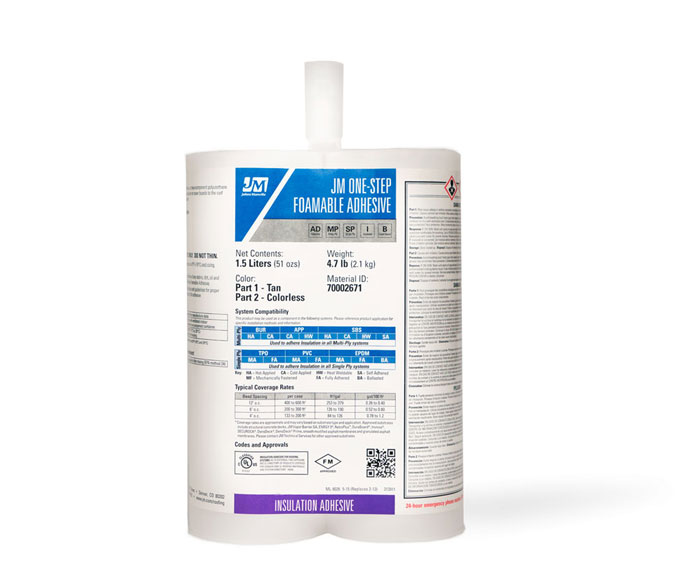Used extensively throughout north america in industrial buildings and warehouses from the early 1980s to the early 1990s because of its high r value and low price phenolic foam has major drawbacks says halcrow yolles project manager.
Phenolic foam roof insulation corrosion.
The phenolic insulation also has a history of crumbling and easily crushes when walked on leaving a residue on the decking.
Once a property is identified as part of the class action lawsuit it becomes an issue should the.
This residue is present regardless of whether the insulation has been crushed or not.
When it was installed over a lightly primed painted metal deck any water in the roof system from above moisture from operations or humidity within the building activated chemicals in the phenolic foam which caused corrosion of the metal deck.
Phenolic foam insulation used to be available in board form but today is only sold as a type of foamed in place insulation.
The corrosion created the potential for equipment or people to fall through compromised areas.
The rooftop of the test hut where 8 different types of phenolic foam rigid insulation underwent a corrosion test.
In order to have corrosion three things are required oxygen moisture and a catalyst.
Judging by the building s age and structure the engineers believed phenolic foam insulation was the source.
It offers many advantages including excellent density and an r value of 4 8 per inch of thickness which forms an effective barrier against heat transfer and thus helps you save energy around the house.






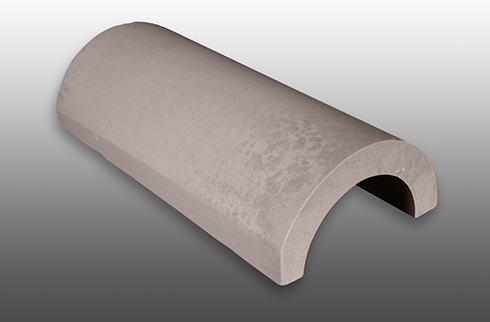


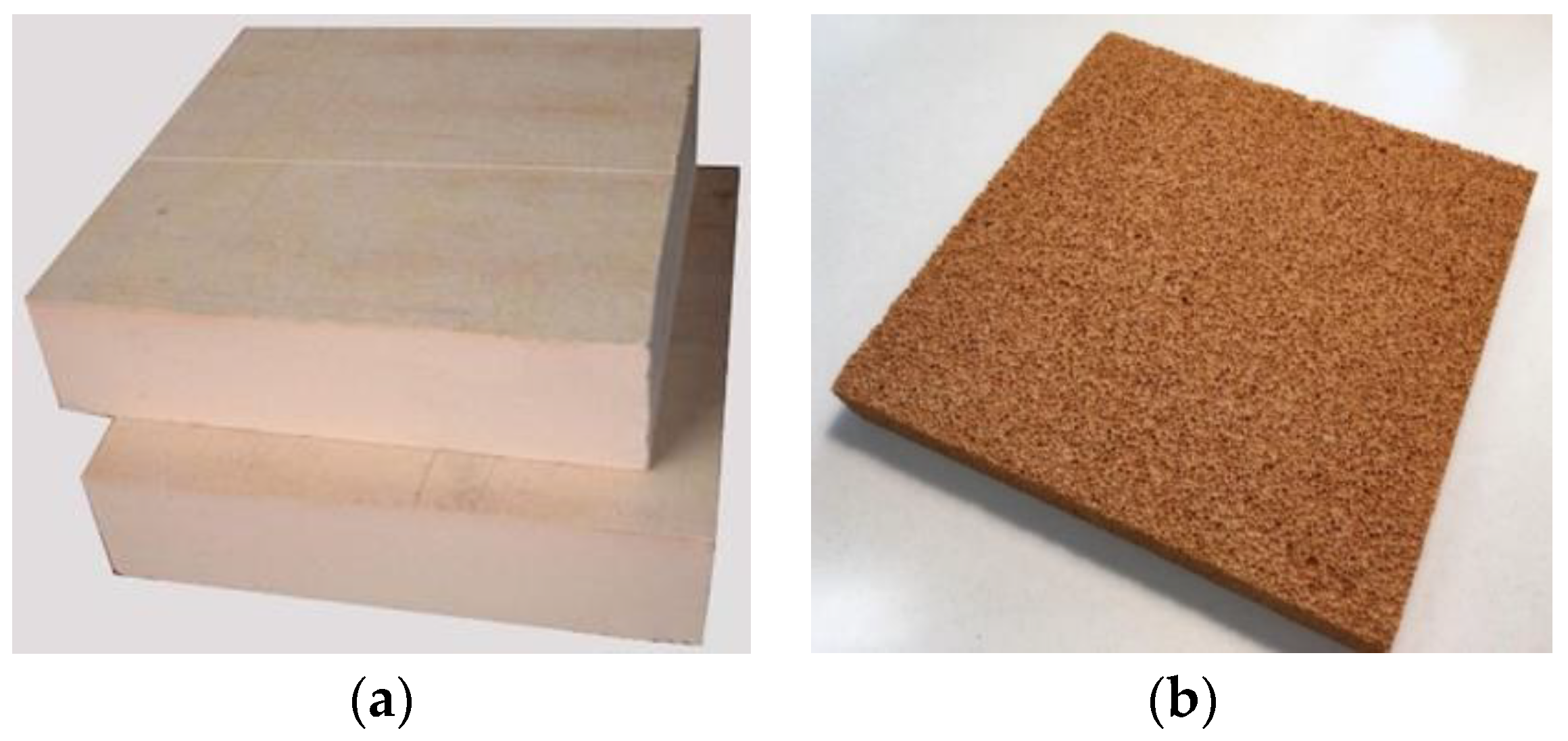
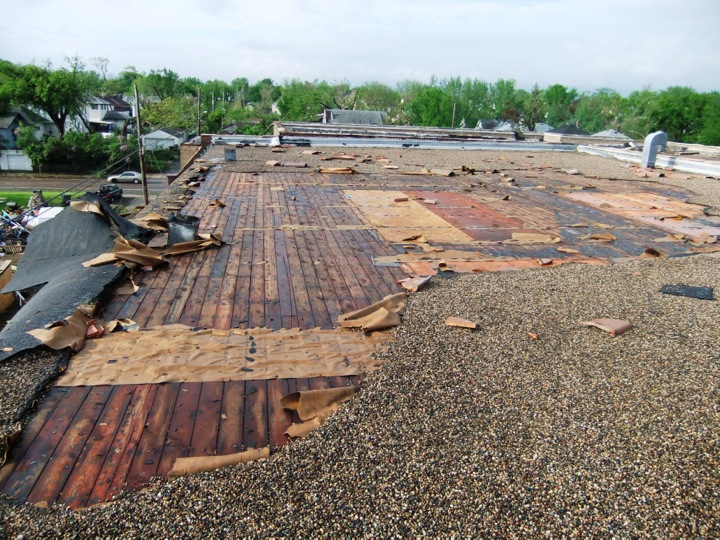

:max_bytes(150000):strip_icc()/__opt__aboutcom__coeus__resources__content_migration__treehugger__images__2013__08__spray-foam-closeup-111c31b987494e6a80c042183099bcb8.jpg)


